Advancements in Neurotechnology
The Wireless Brain Sensor Market is experiencing a surge due to rapid advancements in neurotechnology. Innovations in sensor design and miniaturization have led to the development of more efficient and effective brain sensors. These devices are now capable of providing real-time data on brain activity, which is crucial for various applications, including medical diagnostics and cognitive enhancement. The market is projected to grow at a compound annual growth rate of approximately 15% over the next five years, driven by the increasing demand for non-invasive monitoring solutions. As research continues to unveil the complexities of the human brain, the Wireless Brain Sensor Market is likely to expand, offering new opportunities for both healthcare providers and technology developers.
Integration with Mobile Health Applications
The Wireless Brain Sensor Market is increasingly integrating with mobile health applications, enhancing user engagement and data accessibility. As smartphones become ubiquitous, the ability to connect brain sensors to mobile platforms allows users to monitor their brain activity conveniently. This integration not only empowers individuals to take charge of their mental health but also provides healthcare professionals with valuable data for analysis. The mobile health app market is projected to grow to USD 100 billion by 2025, indicating a substantial opportunity for wireless brain sensors to capitalize on this trend. Such synergies are likely to drive the Wireless Brain Sensor Market, fostering innovation and improving health outcomes.
Growing Demand for Remote Patient Monitoring
The Wireless Brain Sensor Market is significantly influenced by the growing demand for remote patient monitoring solutions. As healthcare systems increasingly adopt telemedicine, the need for devices that can monitor brain activity from a distance has become paramount. Wireless brain sensors facilitate continuous monitoring of patients with neurological disorders, allowing for timely interventions and improved patient outcomes. According to recent estimates, the remote patient monitoring market is expected to reach USD 2 billion by 2026, with brain sensors playing a pivotal role in this growth. This trend not only enhances patient care but also reduces the burden on healthcare facilities, thereby driving the Wireless Brain Sensor Market forward.
Regulatory Support for Innovative Medical Devices
The Wireless Brain Sensor Market is positively impacted by regulatory support for innovative medical devices. Governments and regulatory bodies are increasingly recognizing the potential of wireless brain sensors in improving healthcare delivery. Streamlined approval processes and favorable policies are encouraging manufacturers to invest in research and development. For instance, recent initiatives have been launched to expedite the approval of devices that demonstrate significant clinical benefits. This supportive regulatory environment is expected to enhance the market landscape, allowing for the introduction of advanced wireless brain sensors. As a result, the Wireless Brain Sensor Market is likely to witness accelerated growth, driven by innovation and regulatory facilitation.
Increased Investment in Mental Health Technologies
The Wireless Brain Sensor Market is benefiting from increased investment in mental health technologies. As awareness of mental health issues rises, there is a growing recognition of the need for innovative solutions to monitor and manage these conditions. Wireless brain sensors offer a promising avenue for tracking brain activity related to mental health, enabling healthcare professionals to tailor treatments more effectively. Recent funding reports indicate that mental health technology startups have attracted over USD 1 billion in investments in the past year alone. This influx of capital is likely to accelerate the development and adoption of wireless brain sensors, further propelling the Wireless Brain Sensor Market.


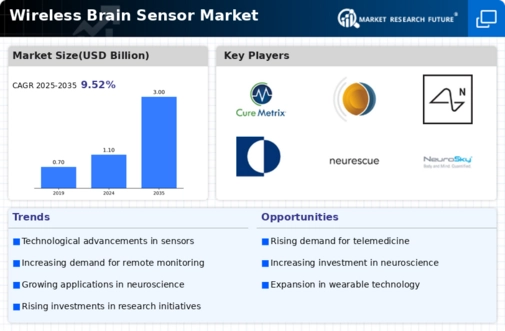
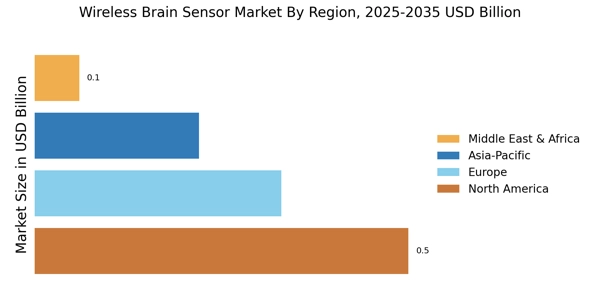
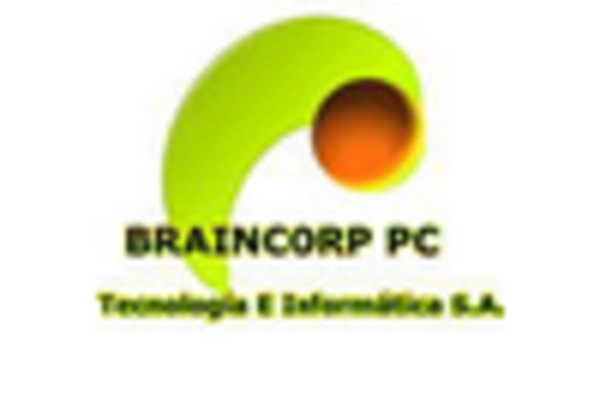
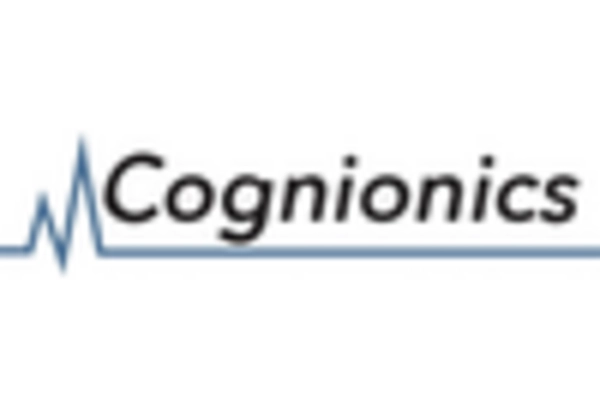
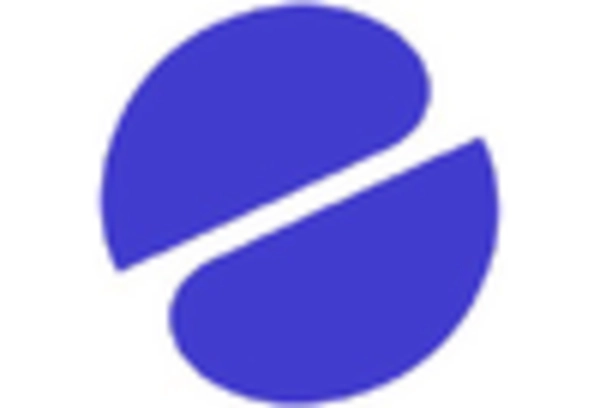

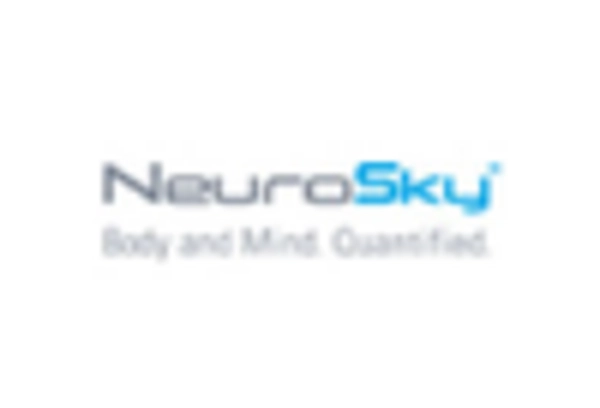
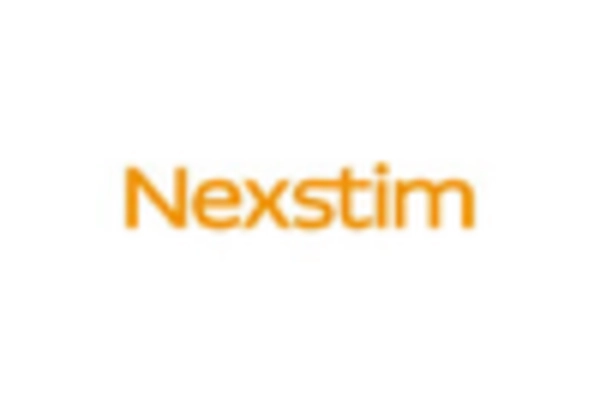








Leave a Comment